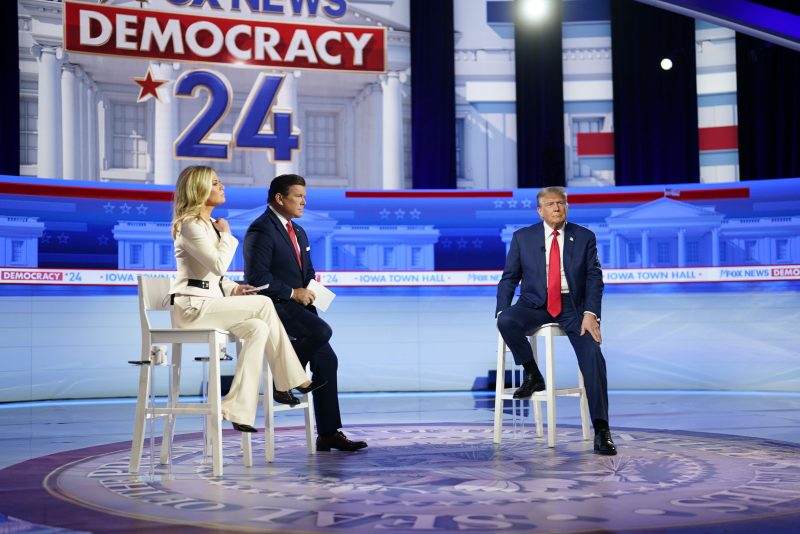In a rapidly evolving digital age where information is just a click away, the dynamics of how people perceive and consume news have been drastically transformed. The traditional sources of news media, such as newspapers and television, have now been supplemented by an array of online platforms delivering news to the public. This shift has also influenced the way Americans perceive trustworthiness in news sources, with an increasing disparity between where Americans trust for news and where they actually obtain their news.
The Edelman Trust Barometer, a widely recognized survey of trust and credibility across different institutions, has highlighted a considerable gap in trust when it comes to news sources. The survey revealed that while Americans trust traditional news sources more than social media platforms, they still turn to the latter for a significant portion of their news consumption. This disparity poses challenges as it raises questions about the quality and reliability of information that individuals are exposed to through their chosen news sources.
One underlying factor contributing to this trend is the proliferation of misinformation and fake news across social media platforms. The ease and speed at which information spreads on these platforms can lead to a blurring of the lines between facts and fiction, impacting the public’s ability to discern credible sources from unreliable ones. The lack of fact-checking and editorial oversight on many social media platforms further exacerbates this issue, making it challenging for individuals to separate truth from falsehood.
Furthermore, the rise of personalized news feeds and algorithms on social media platforms has created echo chambers where individuals are exposed to content that aligns with their existing beliefs and opinions. This phenomenon can perpetuate confirmation bias and limit exposure to diverse viewpoints and perspectives. As a result, individuals may unknowingly narrow their sources of information, reinforcing their preconceived notions without critically evaluating the facts presented.
Additionally, the erosion of trust in traditional news media can be attributed to a perceived bias and lack of transparency in reporting, often fueling skepticism and mistrust among the public. The blurring of opinion and news, sensationalism, and the commercialization of news content have all contributed to a growing disillusionment with established news outlets. This disillusionment, coupled with the convenience and accessibility of social media platforms, has led many Americans to seek out alternative sources for news consumption, even if they do not trust these sources completely.
In conclusion, the disparity between where Americans trust for news and where they obtain their news underscores the evolving landscape of media consumption in the digital age. As individuals navigate a sea of information from various sources, it is essential to cultivate critical thinking skills and media literacy to discern reliable news sources from unreliable ones. By fostering a culture of discernment and holding news outlets accountable for accuracy and transparency, Americans can navigate the news landscape with greater confidence and trust in the information they receive.



























